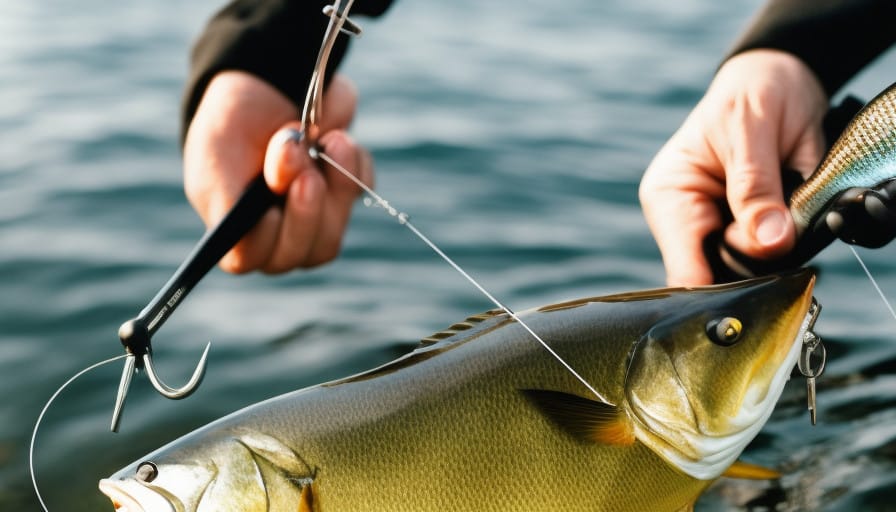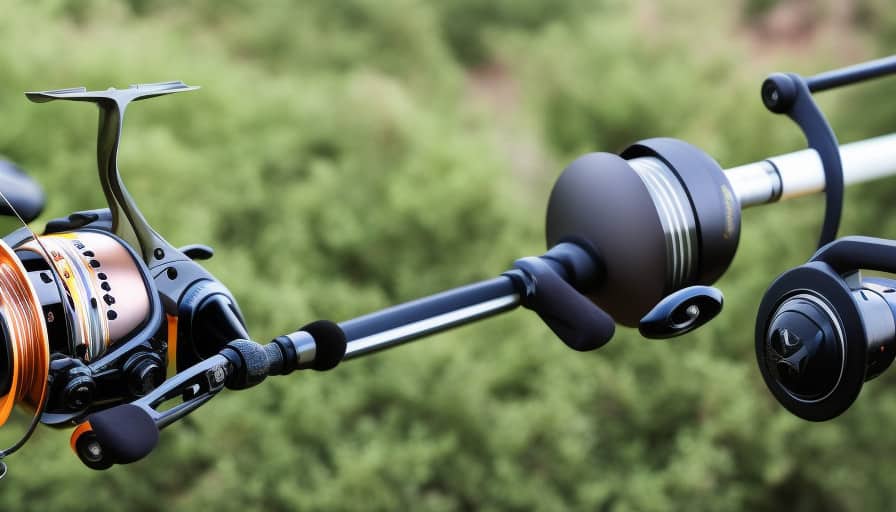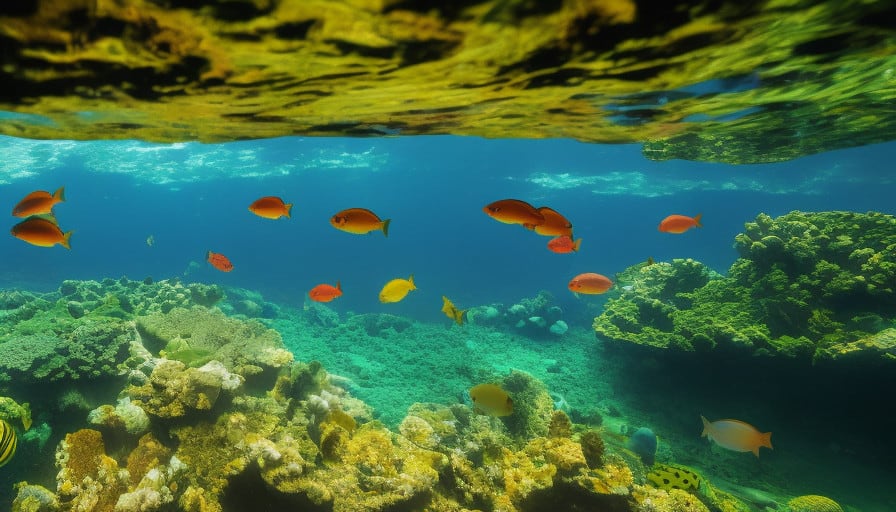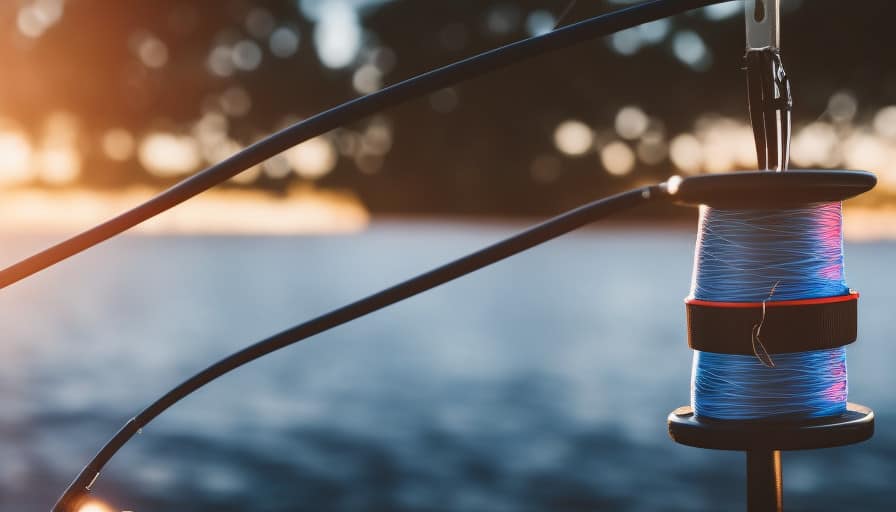Fish swallowing hooks is a common issue encountered by anglers, with detrimental consequences for both the fish and the environment. It is estimated that approximately 28% of fish caught by recreational anglers end up swallowing the hook, leading to injuries, stress, and increased mortality rates.
This article aims to provide effective techniques to prevent fish from swallowing hooks, focusing on factors such as hook selection, bait choice, proper hook setting techniques, and the implementation of catch and release practices.
By employing these strategies, anglers can minimize harm to fish populations and promote sustainable fishing practices.
Identifying the Problem: Why Fish Swallow Hooks
The issue of fish swallowing hooks arises due to a combination of factors such as the appearance and movement of the bait, the feeding behavior of the fish, and the angler’s technique in hook placement.
Understanding fish behavior is crucial in preventing hook swallowing. Fish have a natural instinct to feed on prey that appears realistic and moves in a manner that mimics their natural food sources. Anglers must be aware of this and choose baits that closely resemble the prey fish normally consume.
Additionally, certain fish species have a tendency to swallow hooks more readily than others. It is important to be familiar with the common signs of hook swallowing, such as fish taking the bait deeply, showing difficulty in releasing the hook, or regurgitating the bait.
Choosing the Right Hook and Bait
When selecting an appropriate hook and bait, it is important to consider factors such as size, shape, and visibility. Hook size and selection play a crucial role in preventing fish from swallowing the hook. The size of the hook should be proportional to the size of the fish being targeted. Using a larger hook than necessary increases the risk of the fish swallowing it.
The shape of the hook also affects the chances of fish swallowing it, with circle hooks being less prone to deep hooking. Additionally, the visibility of the hook is essential for attracting fish. Brightly colored hooks or ones with added attractants can increase visibility and entice fish to strike.
Furthermore, bait presentation techniques, such as using barbless hooks or altering bait placement, can help reduce the risk of fish swallowing the hook.
Using Proper Hook Setting Techniques
To ensure a successful catch, it is crucial to employ appropriate hook setting methods. Proper hook setting techniques are essential in preventing fish from swallowing the hook, which can cause harm to the fish and make it difficult to release them back into the water.
Here are three important hook setting techniques explained:
-
Timing: Timing is crucial when setting the hook. It is important to wait for the fish to fully take the bait before setting the hook. Premature hook setting can result in missed opportunities and unsuccessful catches.
-
Hooking Angle: The angle at which the hook is set plays a significant role in preventing fish from swallowing the hook. Setting the hook at a 45-degree angle, away from the throat of the fish, can help ensure a successful catch without causing harm.
-
Hook Size: Using the appropriate hook size is essential in preventing fish from swallowing the hook. Using a hook that is too large can increase the chances of the fish swallowing it, while a hook that is too small may result in unsuccessful hook sets.
Implementing Catch and Release Practices
Implementing catch and release practices is crucial in preserving fish populations and maintaining the sustainability of aquatic ecosystems. Sustainable fishing practices aim to ensure that fishing activities do not deplete fish stocks or harm the overall health of the ecosystem. Ethical considerations also play a significant role in the adoption of catch and release practices, as they prioritize the welfare of the fish and promote responsible angling. By releasing fish back into their natural habitats after being caught, anglers contribute to the conservation of fish populations and the preservation of biodiversity. This approach allows fish to continue their life cycles and reproduce, thereby helping to maintain the delicate balance of aquatic ecosystems. Furthermore, catch and release practices can also enhance recreational fishing opportunities for future generations.
The following table provides examples of sustainable fishing practices and their associated ethical considerations:
| Sustainable Fishing Practice | Ethical Consideration |
|---|---|
| Size and bag limits | Ensures fish populations are not overexploited and allows for sustainable harvest. |
| Use of barbless hooks | Minimizes harm and injury to fish, increasing their chances of survival after release. |
| Proper handling techniques | Reduces stress and injury to fish during the catch and release process. |
| Education and awareness programs | Promotes responsible angling practices and fosters a culture of conservation among anglers. |
Preventing Fish Swallowing With Hook Removal Techniques
Preventing the ingestion of fishing hooks by fish is an important aspect of ensuring their well-being and reducing potential harm to aquatic ecosystems. To achieve this, several techniques can be employed:
-
Fish-friendly hooks: Using fish-friendly hooks can significantly reduce the chances of fish swallowing them. These hooks are designed with a special shape or material that minimizes the risk of deep hooking and facilitates easy removal.
-
Alternative fishing methods: Adopting alternative fishing methods can also help prevent fish from swallowing hooks. Techniques such as fly fishing or catch and release with barbless hooks can reduce the likelihood of hook ingestion.
-
Hook removal techniques: In cases where fish do swallow hooks, it is crucial to have proper hook removal techniques. These techniques involve carefully extracting the hook, minimizing injury to the fish and ensuring its survival after release.
Conclusion
In conclusion, preventing fish from swallowing hooks requires a combination of careful techniques and responsible practices.
By selecting the appropriate hook and bait, using proper hook setting techniques, and implementing catch and release practices, anglers can reduce the likelihood of fish swallowing hooks.
Additionally, employing hook removal techniques can further minimize the risk.
Although some may argue that these methods are time-consuming, the long-term benefits to fish populations and the environment outweigh any inconvenience.
By following these guidelines, anglers can enjoy their sport while ensuring the well-being of the fish they catch.




Leave a Reply